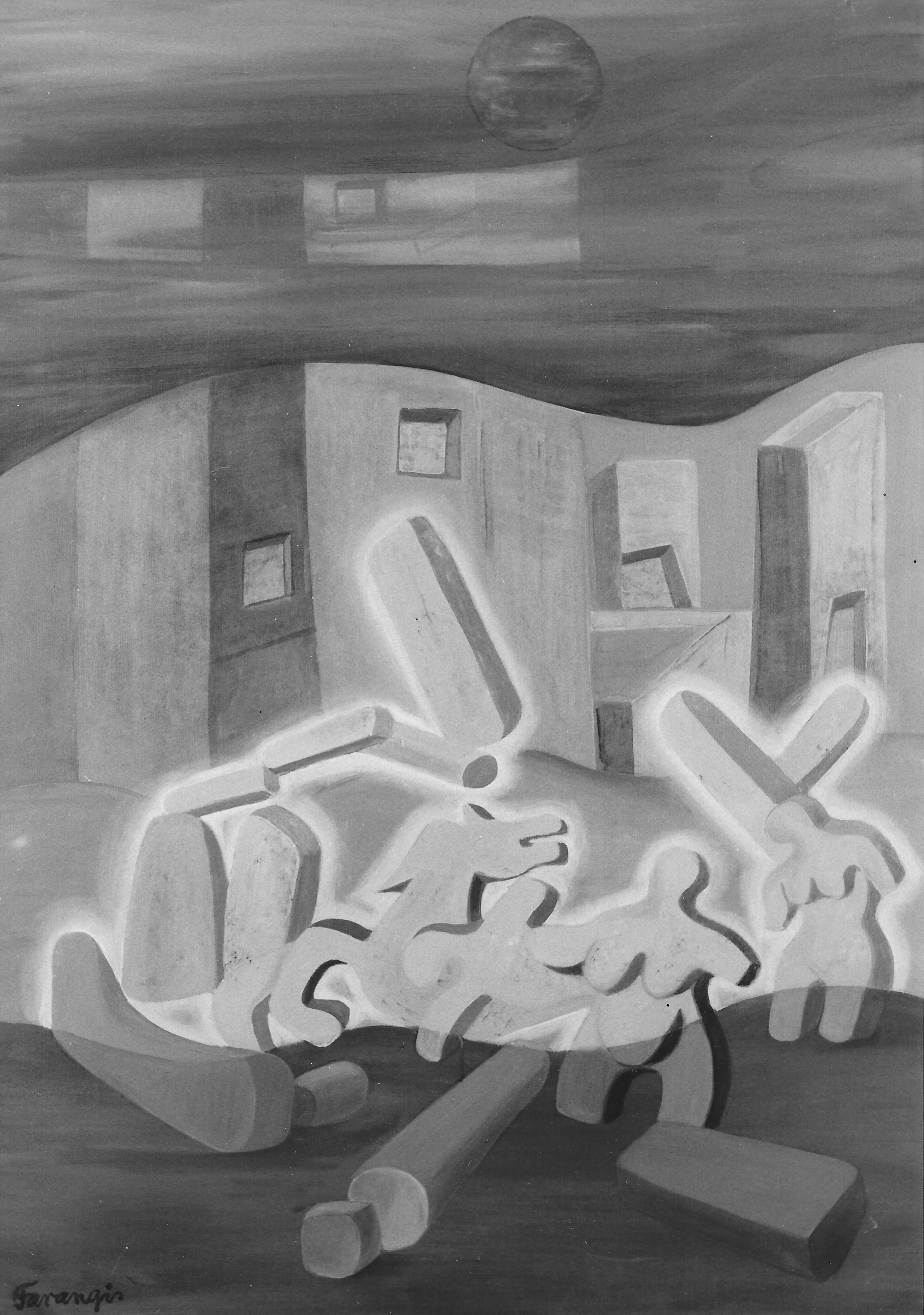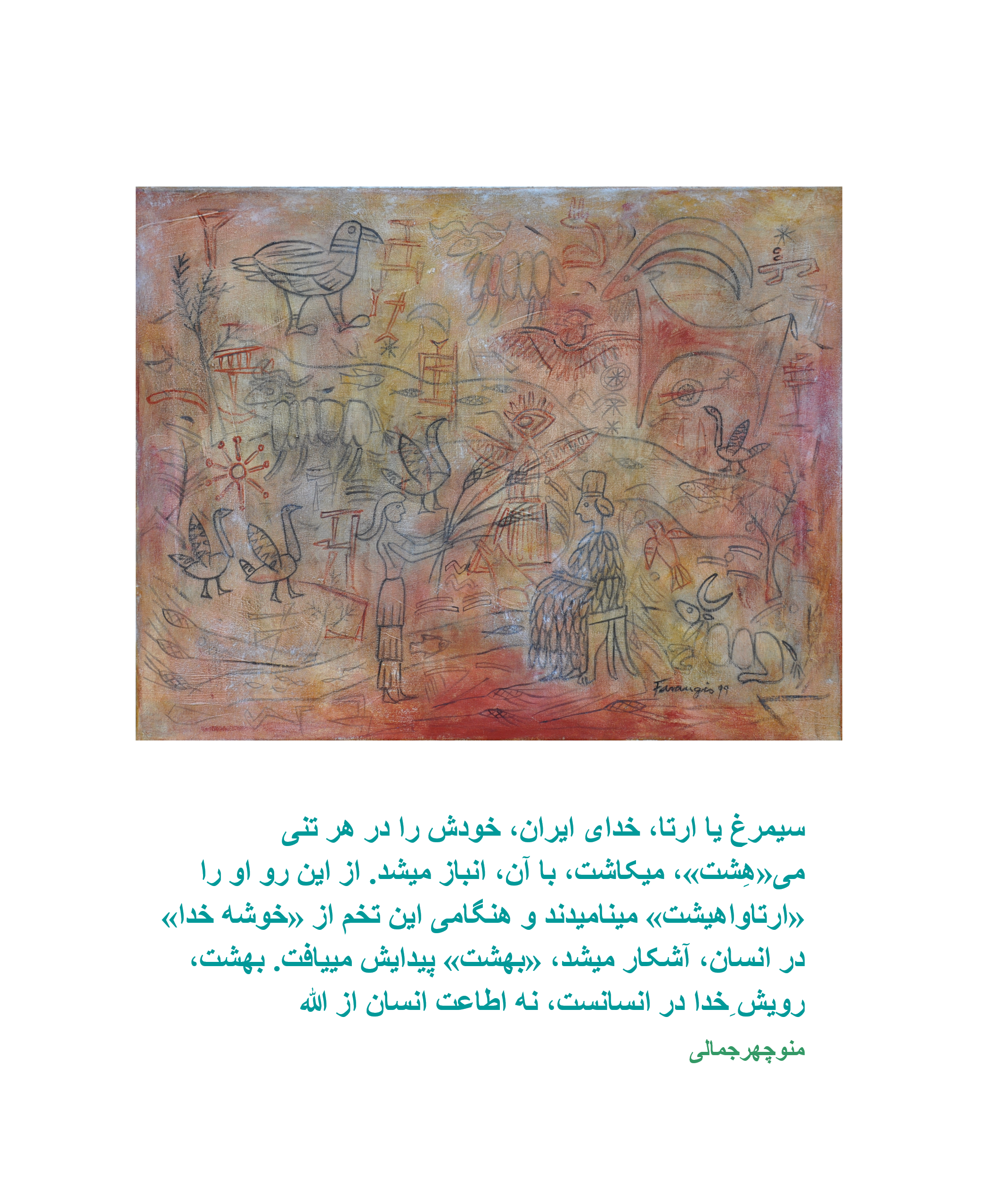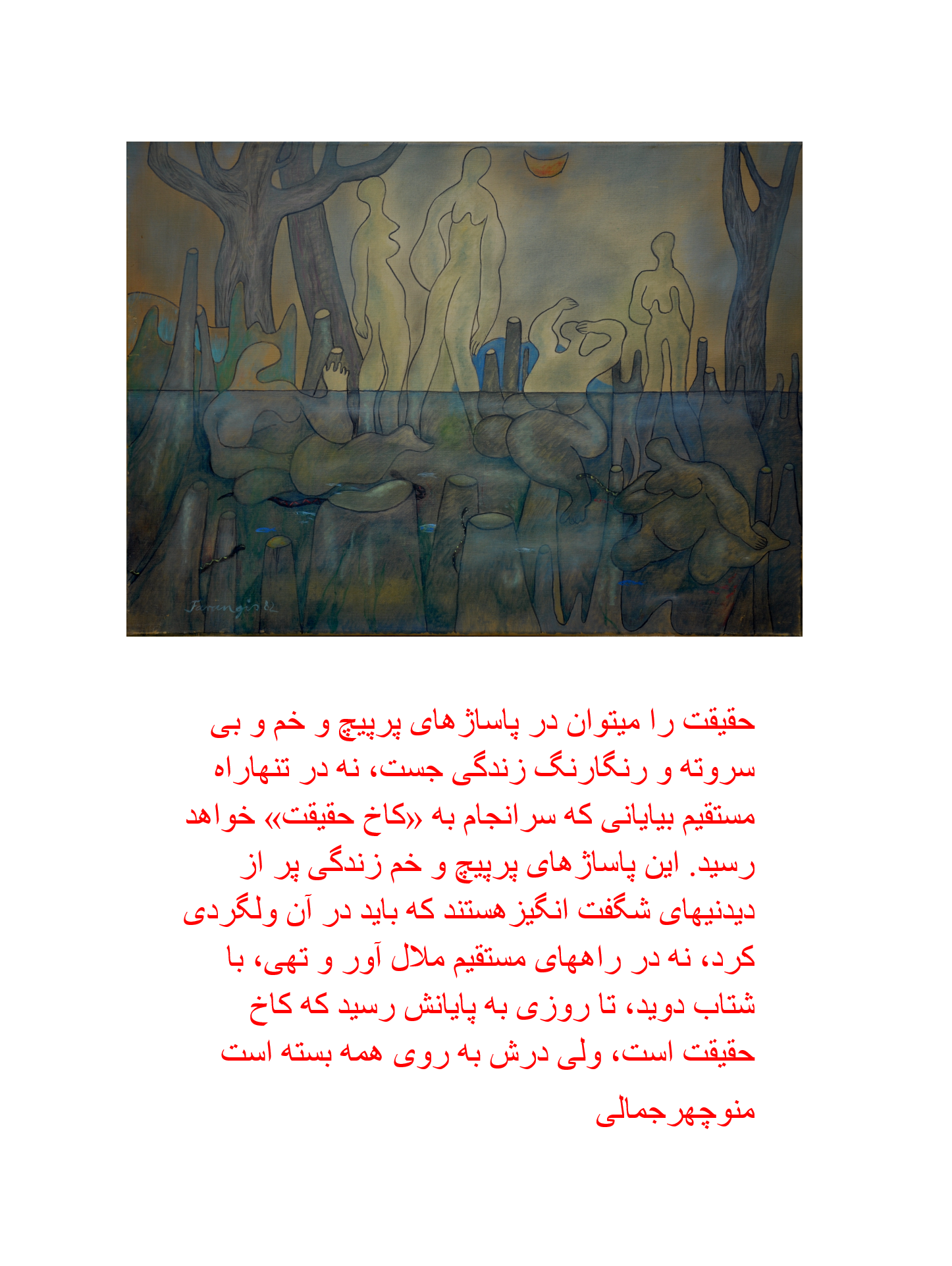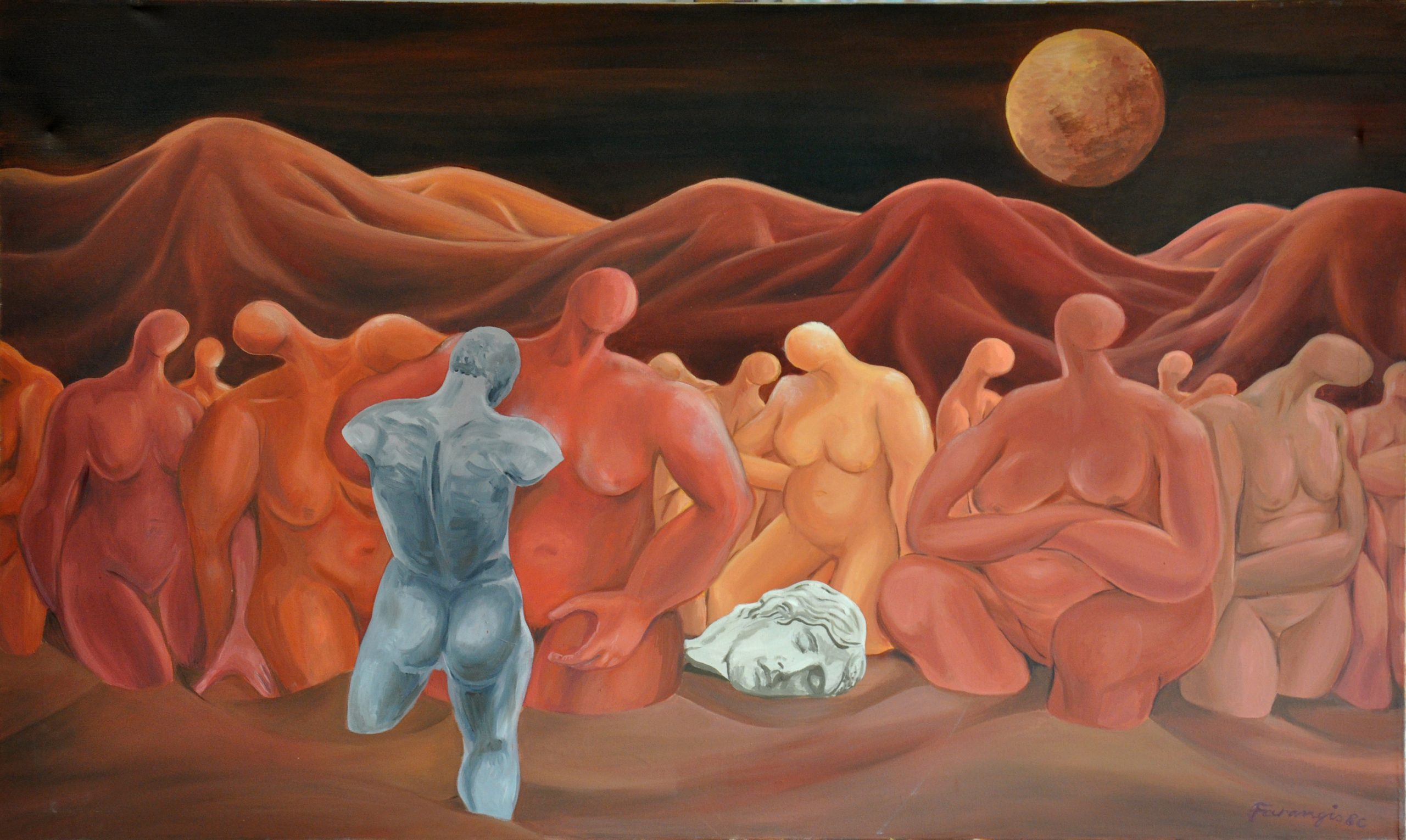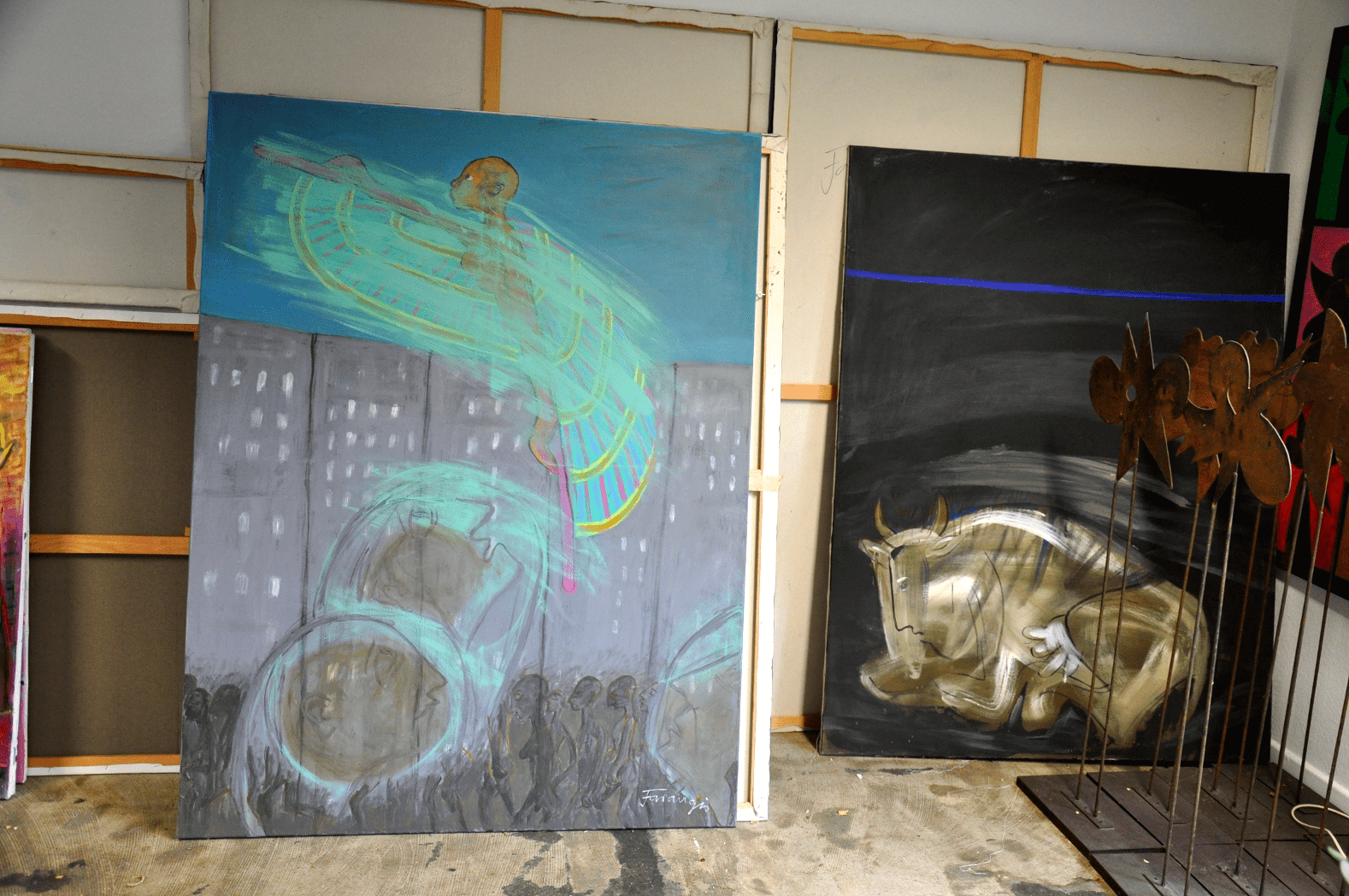سکولار، دراصل به « زندگی درزمان گذرا وتحقیرآن وپشت کردن به آن»، گفته میشده است وسپس،درست «زندگی درزمان گذرا»، مطلوب جامعه شده است. یکی ازپیآیندهای تحقیر« آنچه گذراست»، اینست که « فرد» درمقابل«جامعه وطبقه وامّت وملت وقوم»، نماد گذرا بودنست، و« فرد» رابرای بقای امت وجامعه وقوم وطبقه وملت، میتوان قربانی کرد.
منوچهرجمالی
Secular originally meant “living in the passing time, despising it and turning your back on it”. Later “living in transitory time” has become desirable for society. One of the consequences of scorning “what is transitory” is that an “individual” in front of “society, class, creed, nation, and ethnicity” is a symbol of transience, and the “individual” can be sacrificed for the survival of the community, society, people, class, and nation.
—
Weltlich bedeutete ursprünglich „in der vergänglichen Zeit leben, sie verachten und ihr den Rücken kehren“. Später wurde das „Leben in der vergänglichen Zeit“ für die Gesellschaft etwas Erstrebenswertes.
Eine der Folgen der Verachtung dessen, „was vergänglich ist“, ist, dass ein „Individuum“ vor dem Hintergrund der „Gesellschaft, der Klasse, der Glaubensgemeinschaft, des Volkes und der Nation“ ein Symbol von Vergänglichkeit darstellt, und dass es für das Überleben der Gemeinschaft, der Gesellschaft, des Volkes, der Klasse und der Nation geopfert werden kann.
– M. Jamali
And visit our new pages at: https://farangis.de/neumithraeum/


